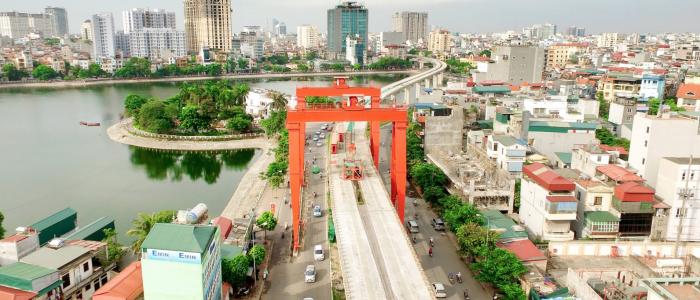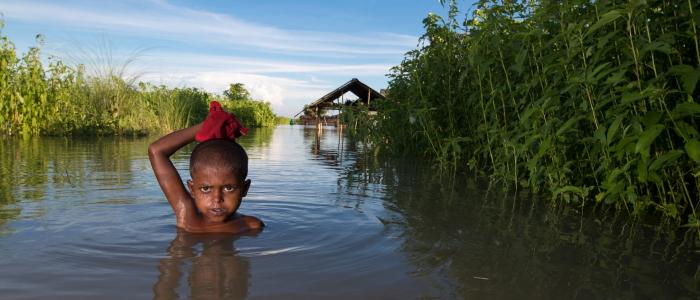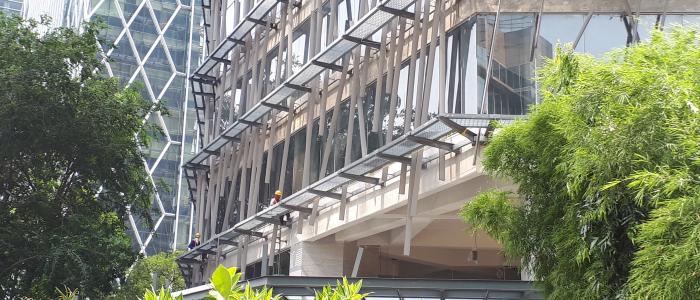Protection
Beat the Heat

CDKN launches a new film, produced by TERI, that tells the story of how heat action plans are saving lives and reducing ill health in India’s cities.
The film follows a project supported by CDKN and led by the Indian Meteorological Department, Indian Institute of Public Health and Natural Resources Defence Council and others ; it traces the journey from Ahmedabad, where the approach to heat action planning started, to show the heartening results and the spread of these approaches to other Indian cities.









